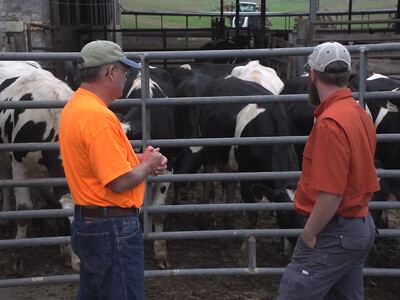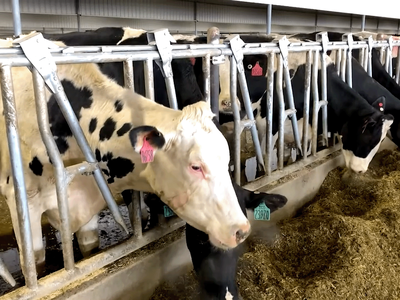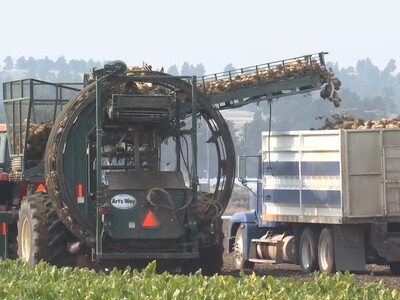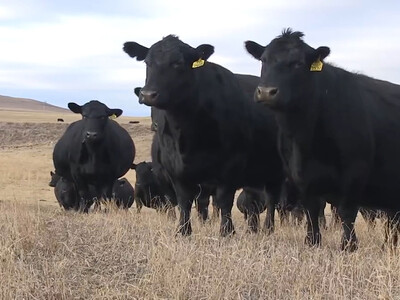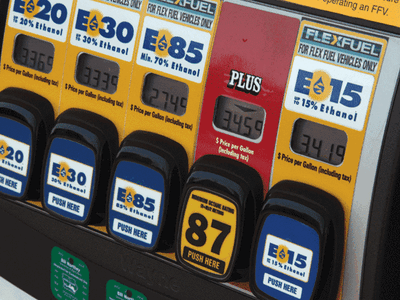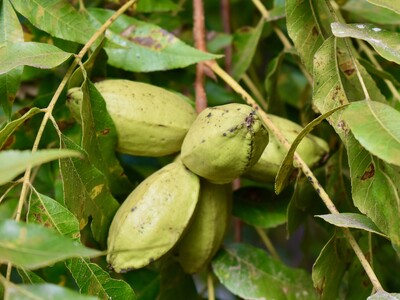Beef Tenderness Determined By Technology
Beef Tenderness Determined By Technology
For consumers, it can be challenging to select meat in the grocery store for tenderness. USDA researchers have been working to discover how to better identify traits of tenderness in meat cuts. After the break we’ll learn more about this technology, I’m KayDee Gilkey with Open Range.
When perusing the meat case, there is no visual indicator predicting tenderness in beef, but now there is technology available that can help in determining this important trait. Steve Schackleford of USDA’s Meat Animal and Research Center shares more.
Schackleford: “This technology was developed as a way to segregate beef carcasses based on their likely tenderness to identify carcasses that had a higher probability of producing tender cuts of meat to be marketed through branded beef programs.”
So how does this system work?
Schackleford: It’s based on visible and near-infrared spectroscopy so it is a very rapid process. It is non-evasive in the sense that we simply put the test probe on the ribeye while the beef carcass is being graded and in a matter of a couple of seconds we get an evaluation of the inert tenderness of that carcass.”
In the future, this technology could provide the beef industry a commercial method of determining which beef has a higher probability of being tender.
Schackleford: “Thereby it benefits the consumer in which they go to the case and buy such a product, then they are more likely to have a high level of satisfaction with that product when they cook it and prepare it in their home.”
I’m KayDee Gilkey with Open Range on the Ag Information Network.




